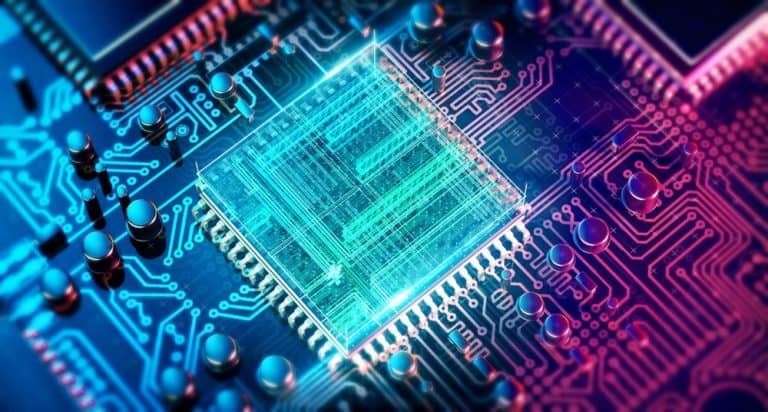The company is taking steps to “accelerate scientific discovery” and says it has already reached its first milestone.
This week Microsoft announced its plans to create a quantum supercomputer over the next several years. The development of the supercomputer rests on the work that Microsoft completed last year with topological Majorana quantum bits (qubits).
These Majorana qubits form the foundation for Microsoft’s approach to building a quantum computer. The company expects it to be more stable than machines built with other types of known qubits.
The big news this week is that the Azure Quantum team is publishing a new peer-reviewed paper (in the American Physical Society’s Physical Review B) that Microsoft has achieved this first milestone on its way to a quantum supercomputer.
There are two more significant hurdles to overcome, however. The next step will be to achieve resiliency in the logical qubits that Microsoft has developed. The final milestone will be to achieve scale. Microsoft believes that the stability of its Majorana qubits will make it easier to reach the resiliency level, and that stability will also help to achieve scale.
Working to a ten-year plan
Krysta Svore, Microsoft’s VP of advanced quantum development, told TechCrunch that Microsoft believes that it will take fewer than 10 years to build a quantum supercomputer using their Majorana qubits. By that point they should be able to “reliably” perform one million quantum operations per second. The timeline is similar to the 10-year plan announced by IBM earlier this month.
Today, Microsoft has noisy intermediate-scale quantum machines, Svore explained. “They’re built around physical qubits, and they’re not yet reliable enough to do something practical and advantageous in terms of something useful”, she added. In defining what useful is, Svore specified: “For science or for the commercial industry”.
The tech giant from Redmond is obviously not the only company in the race to build a quantum supercomputer. But if Microsoft and IBM are to be believed, we will see the final results sometime over the next decade.
